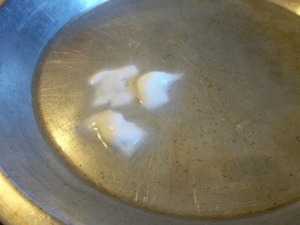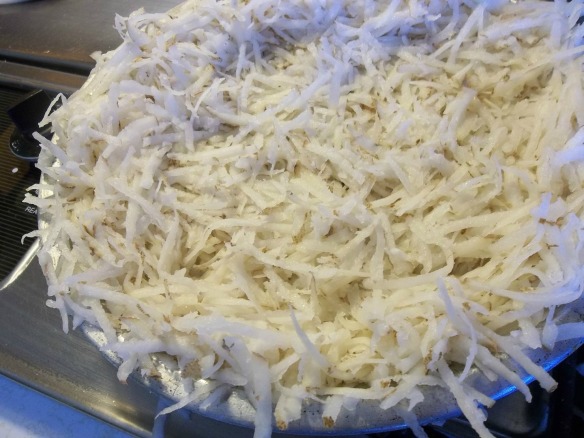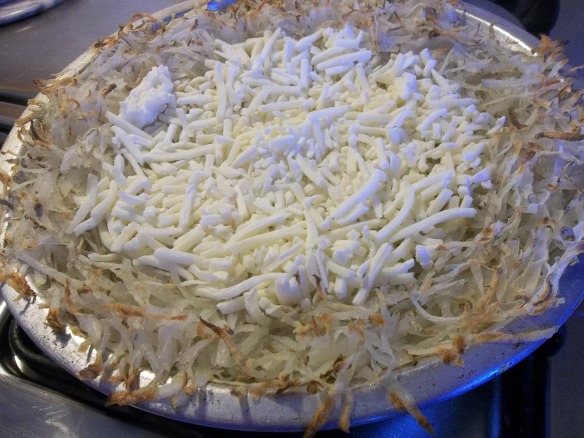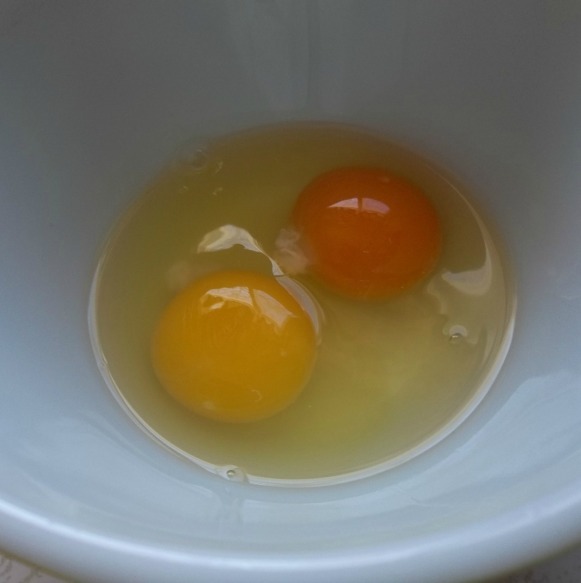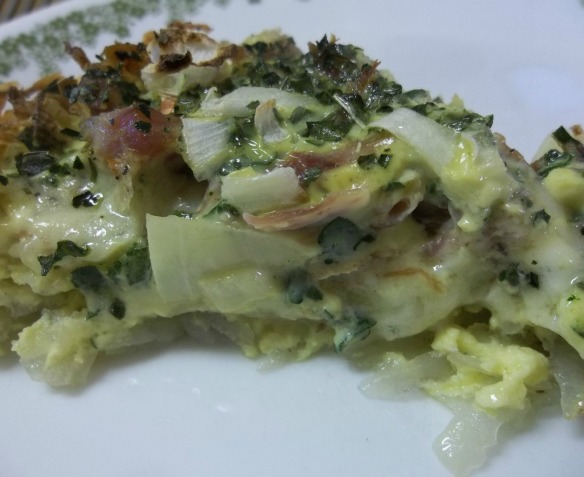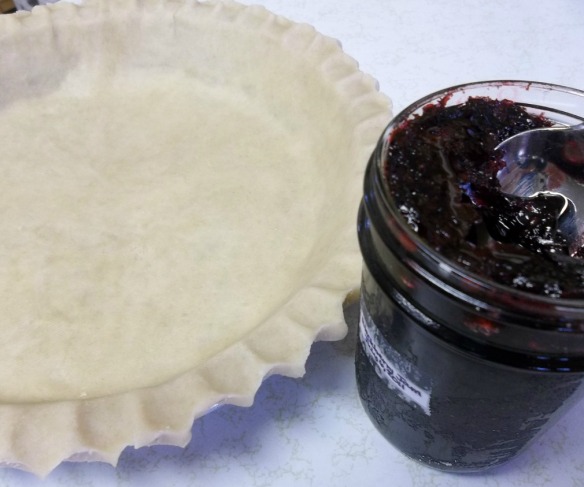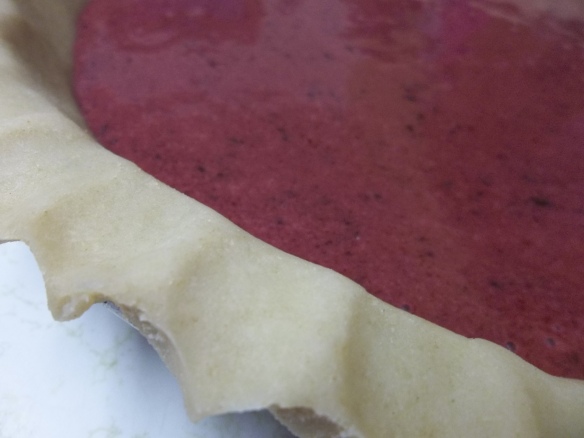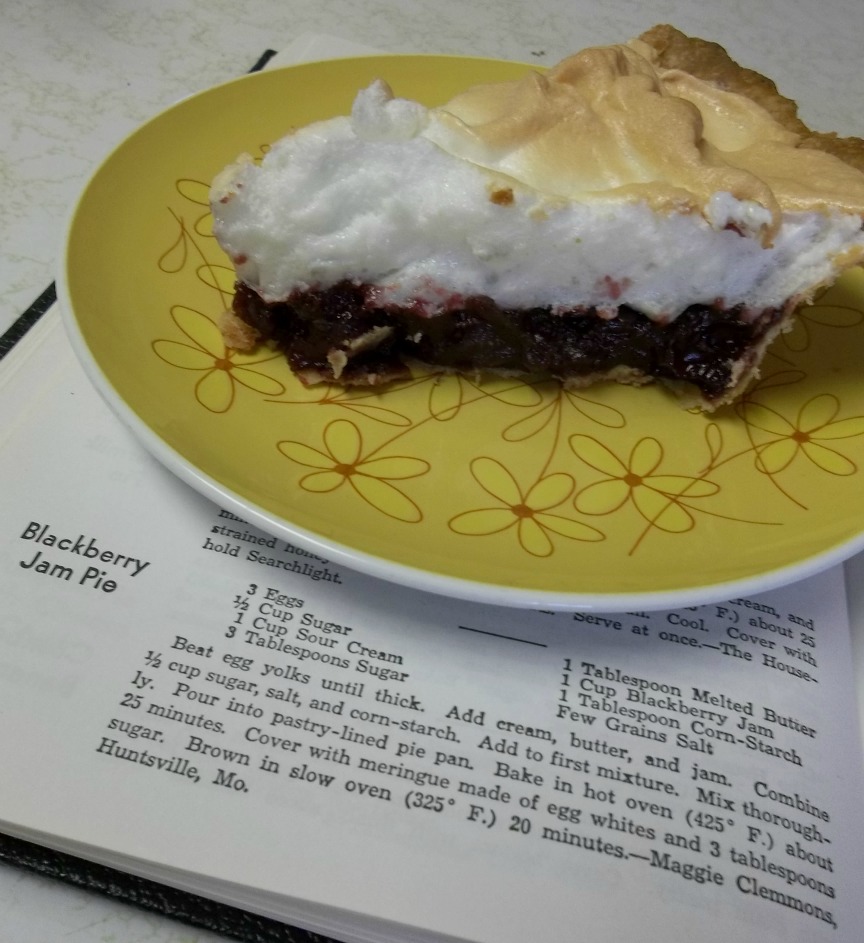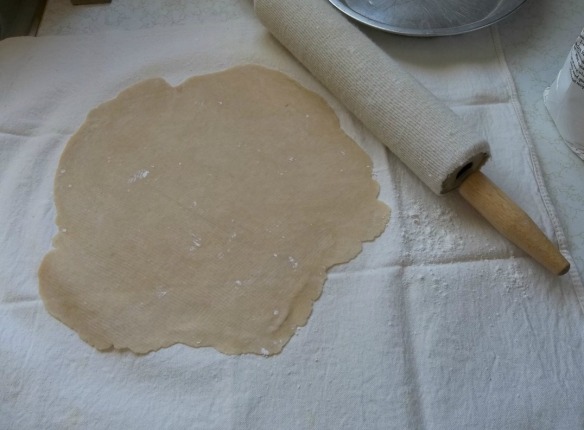When you get ready to leave the house, do you ever hope that you don't die while you're out running errands? Not because you love your husband and family or just because you have a wonderful life. No, it's because you don't want anyone cleaning out your belongings and find the oddball things you haven't taken care of.
 |
| And lo! My bowl overfloweth! |
Here's my reason for hoping that I don't shuffle off to Glory in the very near future. For the past month or so, I've been hoarding eggshells on a shelf in an out-of-the-way corner of my basement. (And I do have a reason for this collection.) I've read recently several recommendations to add crushed eggshells into the hole when planting tomatoes. The extra dose of calcium can help prevent a tomato condition called blossom end rot. If it were mid-summer, I could show you numerous pictures of my own tomatoes, but here are some examples of what it looks like. As its name suggests, the bottom of the tomato is brown, shrunken, and rotted, even when young and green. Someone recommended a commercial product to me late last summer, but I'm really hoping that this will take care of my garden soil's apparent calcium deficiency this year. And nothing could be cheaper or more natural!
Well, at least now that there is a post out there in blog land, could someone please explain this to my husband....just in case...
Shared on Simple Lives Thursday.

